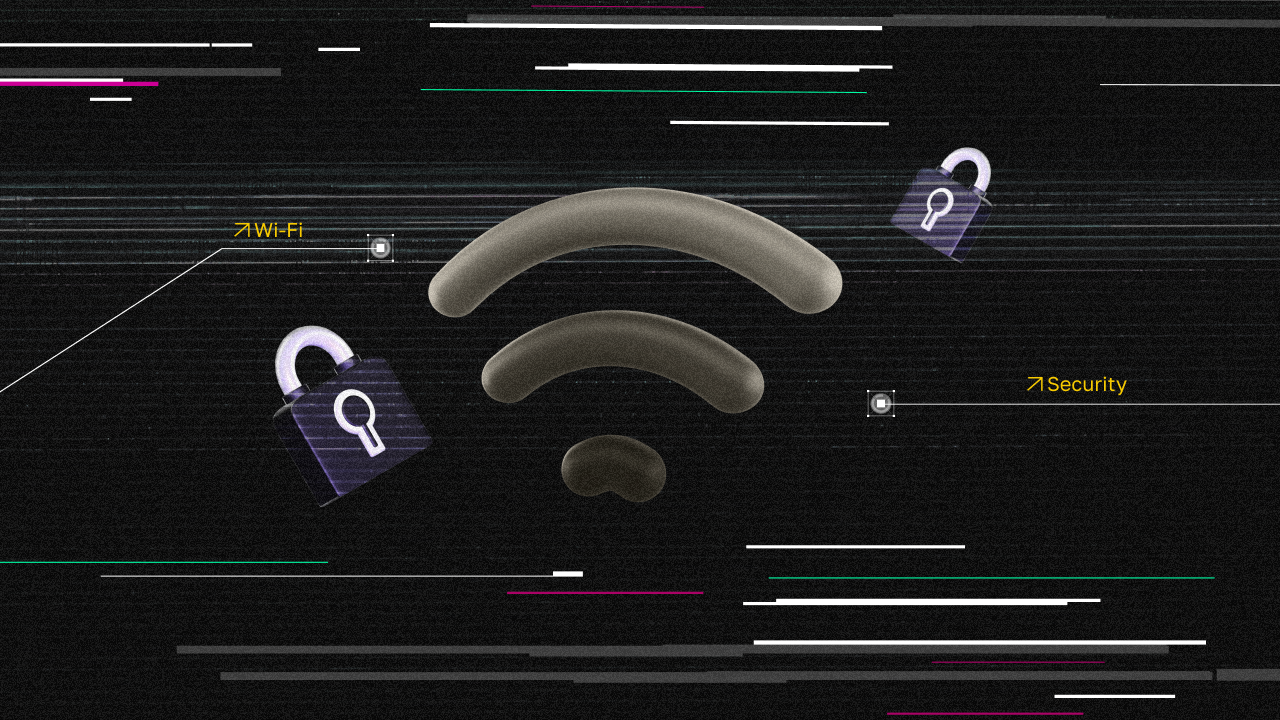Why Public Wi-Fi Is a Security Risk: Threats and How to Protect Yourself

Public Wi-Fi is a modern convenience we often take for granted. Free internet in airports, cafes, hotels, and shopping malls keeps us connected, letting us chat, work, browse, and even manage crypto wallets on the go. But behind this convenience lies a range of serious security threats. If you're not taking precautions, that free connection might cost you more than expected.
For Web3 founders, crypto investors, and anyone dealing with digital assets, understanding the risks of public Wi-Fi isn’t just best practice—it’s critical security hygiene, especially when your device has access to wallets, admin panels, or sensitive data.
The Core Problem: Zero Control Over the Network
When you connect to public Wi-Fi, you're effectively handing over control of your internet connection to an unknown third party. Sometimes it's a legitimate café network. Other times, it could be a fake hotspot set up by an attacker with a similar name. Worse, your traffic can be intercepted, copied, altered, or replayed in unsecured access points without visible signs.
Many users assume the connection must be safe if a website loads correctly. In reality, attackers can silently capture logins, passwords, wallet addresses, form data, and cookies, potentially hijacking their sessions without their credentials.
Man-in-the-Middle Attacks: When Someone Intercepts Your Traffic
One of the most common threats to public Wi-Fi is the Man-in-the-Middle (MITM) attack. In this scenario, an attacker positions themselves between you and the service you’re trying to access. Every action you take — from clicking links to submitting passwords — passes through their hands.
The danger? You won’t notice anything unusual. You’ll see the correct website and enter data as usual, while the attacker logs everything. In Web3, where browser wallets and dApps often lack multi-factor authentication, this attack can lead directly to stolen assets, unauthorized contract approvals, or irreversible transfers.
Traffic Sniffing and Passive Monitoring
Even if attackers aren’t actively intercepting your traffic, they might listen in. Sniffing tools allow hackers to monitor data transmitted over public Wi-Fi, and unencrypted traffic is especially vulnerable.
Opening an app without a VPN is sometimes all it takes to leak session data, IP addresses, device IDs, or other metadata. Hackers can use this to launch phishing campaigns, identify targets, or prepare deeper attacks.
Session Hijacking and Cookie Theft
One of the most overlooked threats is session hijacking — the theft of authentication cookies. These small files keep you logged into websites and apps. If an attacker captures your cookie, they can impersonate you — no password required.
This risk is even more severe in Web3 environments where browser wallets or connected dApps rely on token-based authentication. If your session is compromised, an attacker might gain access to DeFi protocols, sign malicious contracts, or drain assets from your wallet.
What Actually Protects You
In today’s threat landscape, basic caution isn’t enough. The most effective protection when using public Wi-Fi is a VPN (Virtual Private Network). A VPN encrypts your traffic at the network level, making it unreadable even if intercepted. Without the decryption key, attackers can't access your data.
In addition to a VPN, two-factor authentication (2FA) is essential. It provides a second layer of defense even if credentials are leaked. Also, turn off automatic Wi-Fi connections — especially in unfamiliar locations. This prevents your device from joining rogue networks without your knowledge.
Finally, always check for HTTPS encryption. If a website doesn’t use HTTPS — or if your browser warns you about the certificate — don’t submit sensitive data. This is particularly important when accessing exchanges, wallets, or Web3 interfaces.
Why This Matters for Web3 Teams
For Web3 founders and teams handling digital assets, the risks go far beyond personal accounts. A careless connection to public Wi-Fi can compromise access to multi-sig wallets, dApp admin panels, tokenomics dashboards, and sensitive communications.
Security starts with operational discipline. Establish internal security protocols if your team frequently travels, works from co-working spaces, or attends hackathons. Use VPNs, hardware wallets, encrypted messengers, and multi-step authentication. These aren’t optional — they’re business-critical investments.
Final Thoughts
Public Wi-Fi is convenient, but also one of the most common entry points for cyberattacks. Securing your connection is not optional in a world where transactions are irreversible and data is valuable. Hackers don’t always need to breach firewalls—often, they wait for you to open your laptop in an airport lounge.
Cware Labs helps Web3 teams build secure tech, marketing, and cybersecurity infrastructure. If you're managing wallets, launching products, or handling sensitive data, we’ll help you identify and eliminate key vulnerabilities. Talk to us if you're preparing for a launch or facing security concerns.
Follow Cware Academy for practical guides on Web3 infrastructure, digital security, and scaling safely in the decentralized world.
